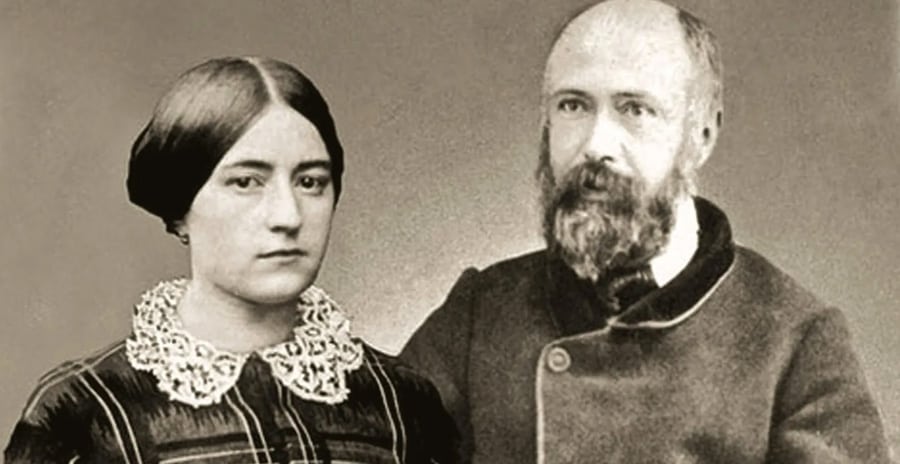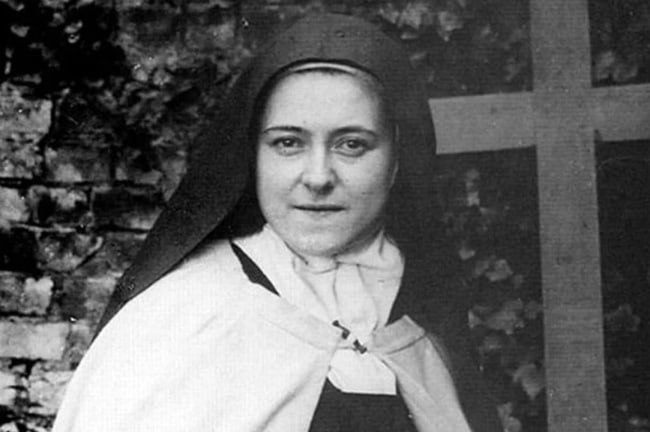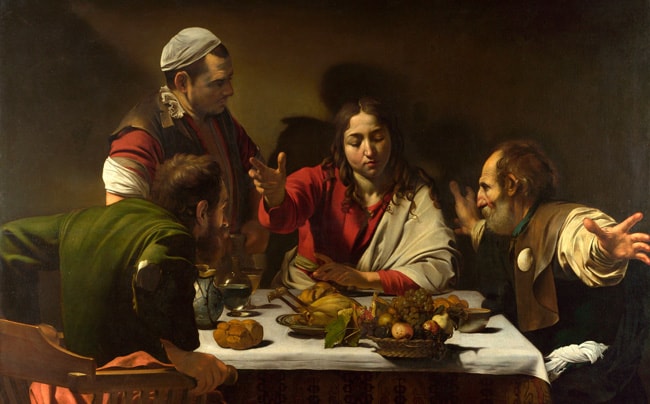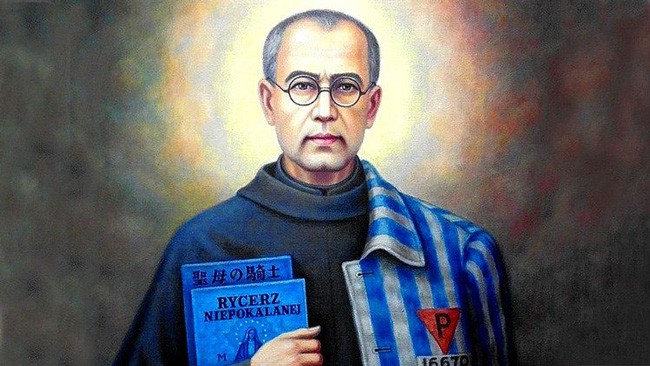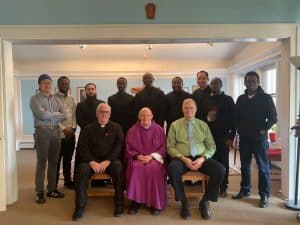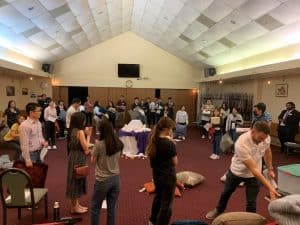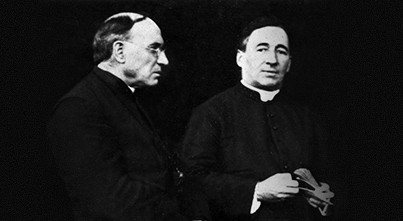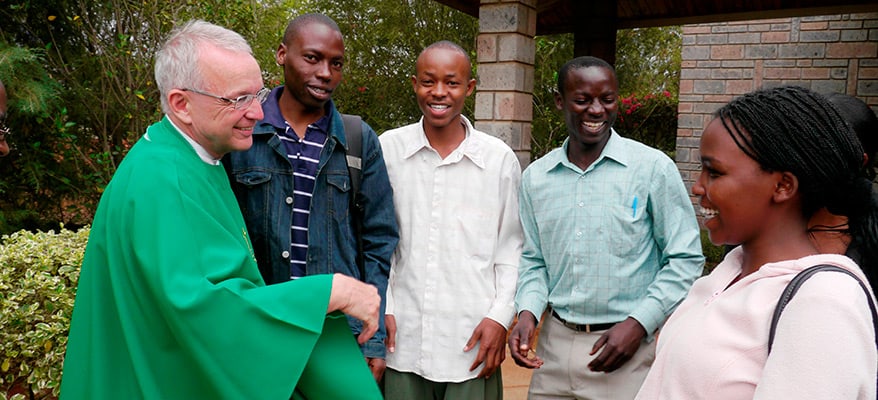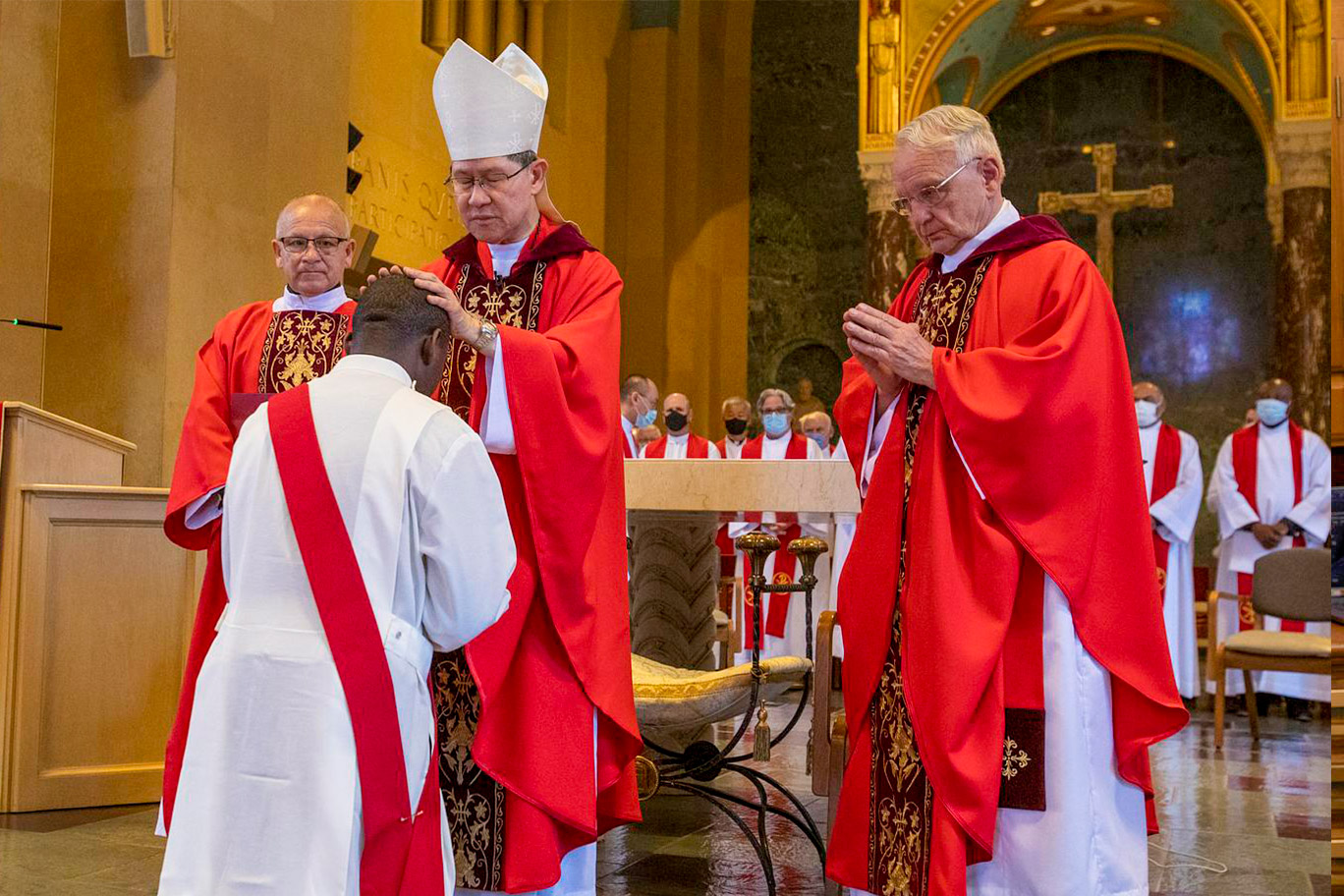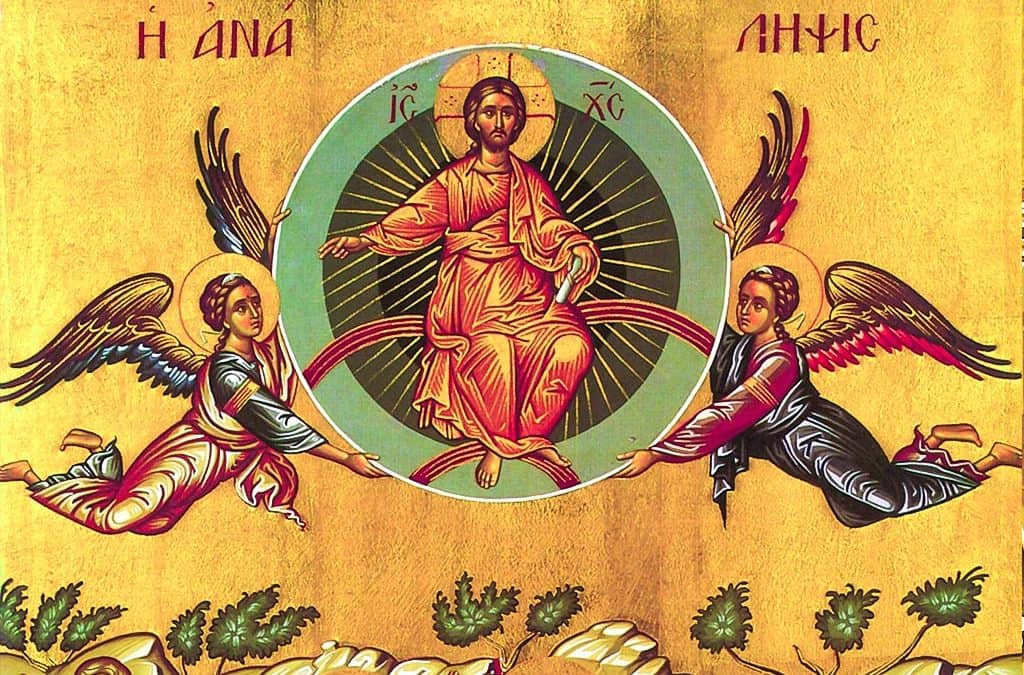
Mission: Keeping Jesus’ Memory Alive, Journey of Faith
As we celebrate the feast of the Ascension today, we are reminded that the task of Christians is to preserve the dynamic, enriching, and salvific memory of Jesus. Mission permeates the entire New Testament; some important mission texts are simply listed here: Matthew 28:16-20 (today’s Gospel); Mark 16:1-20; Luke 24:45-48, 10:1-16; John 20:19-23, 13:12-15; Acts 1:8; 2 Timothy 4:2-5. All these passages contain Jesus’ “mission commands.”
Jesus’ Ten Mission Commandments. Mission is for all of Jesus’ disciples—all baptized Christians. Jesus gives us clear and specific instructions: (1) Missionary evangelization begins with God’s initiative, with Jesus’ choice. Recall Jesus’ words: “You did not choose me, no, I chose you; and I commissioned you to go out and bear fruit, fruit that will last” (Jn 15:16). (2) Mission is not a personal or individual project. Jesus sends his messengers out in pairs. We understand that mission is a community endeavor of the Church; as followers of Jesus “we’re in this together” for a more effective witnessing. (3) Recall that “the harvest is plentiful, but the laborers are few.” This was true in Jesus’ time and remains true today. We turn to the Lord in prayer, asking for additional harvesters.
(4) Next, Jesus gives a brief, yet direct instruction: “Be on your way.” Do not delay! Don’t wait to start until all the details are in place and the perfect mission plan has been formulated. Go, and go now! (5) Remember that you will face many challenges; you will be like lambs in the midst of wolves. Recognize that some people will welcome your message, while others will reject both you and your very mission. Persecution for the faith is nothing new in Christianity. (6) Jesus advises his missionaries to “travel light.” Don’t let material “stuff” weigh you down and get in the way of your ministry of preaching Jesus’ Good News.
(7) The missioner is to extend Christ’s “mercy and compassion” to all (theme of Pope Francis’ 2015 visit to the Philippines). Find like-minded people of peace; work closely with them. (8) Be humble and accept what is offered in terms of food and accommodations. Be content with the hospitality extended to you. (9) Reach out to the sick and needy you encounter. Recall Pope Francis’ advice to go to the margins, the peripheries, to the excluded in society. (10) Make the announcement of Jesus’ Kingdom message your central emphasis; proclaim that “the reign of God near.”
Concluding Reflection. As Christians we carry on the mission ministry that Jesus gave us. We can be inspired by the well-known saying of Saint Teresa of Avila: “Christ has no body on earth but yours; no hands but yours; no feet but yours. Yours are the eyes through which the compassion of Christ looks out to the world. Yours are the feet with which he is to go about doing good. Yours are the hands with which he is to bless others now.”
James H. Kroeger, M.M.
Seventh Sunday of Easter
Ascension Sunday
Glory to Your resurrection, Lord Jesus,
that calls us to rise to new life in you.
Like the Apostles who stared up
into the sky when you ascended,
help us to wait patiently for your return
by doing good works of mercy
and forgiveness here on Earth.
We stand on your word, Lord Jesus Christ,
risen and ascended into heaven,
that you will not leave us orphaned here
but will remain with us in Spirit and in the
breaking of Bread in Your Name.
Until you return in glory, Lord,
may we never turn to other gods
to fill our now empty hearts
that long for your presence in our world,
but may we seek and find you in each tabernacle
no less than each person.
Amen.
Prayer by Father Joe Veneroso, M.M.
